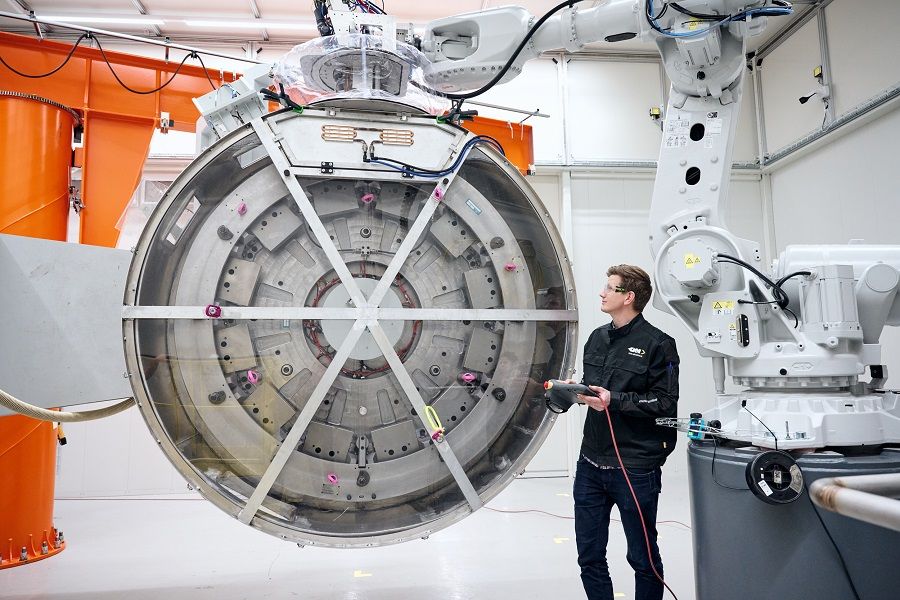GKN Aerospace Invests in Additive Fabrication Capabilities
GKN Aerospace has boosted its commitment to sustainable manufacturing, with a £50 million (600 million SEK) investment in additive fabrication technology in Trollhättan, Sweden.
Currently, aircraft engine components rely on large castings and forgings, with up to 80 percent of the material machined away before reaching the final form. By employing additive technology, which involves layer-by-layer construction using metal wire or powder fused together with lasers, GKN Aerospace is able to minimize raw material waste, energy use and shipping within production. This significantly cuts emissions, costs and lead time.
GKN Aerospace has been at the forefront of additive fabrication for almost two decades, and has significant research and technology centers in Sweden, the UK and the US. Thanks to the backing from Industriklivet, the new additive production center in Sweden is projected to create around 150 new job opportunities for operators, technicians, and engineers at the Trollhättan facility.
Joakim Andersson, president of GKN Aerospace’s Engines business, said: “We are committed to driving sustainability in the aviation industry and pioneering improved solutions for our customers. Our development of additive fabrication for large, complex and load-bearing aircraft components is a great example of this and it marks a significant breakthrough for the industry. The benefits we see from this technology are truly game-changing. Government support has been pivotal in enabling us to push our capabilities forward and I am delighted to establish this unique technology in our world-leading facility in Trollhättan Sweden."
Peter Engdahl, Head of Research, Innovation and Business Development at the Swedish Energy Agency said: “GKN Aerospace's solution will be able to contribute to a reduced use of raw materials and create opportunities to fundamentally change the design, making the aircraft engine lighter and more efficient. This is the first time this technology is being tested for this component size and we see the potential for it to spread globally and also in other areas.”




